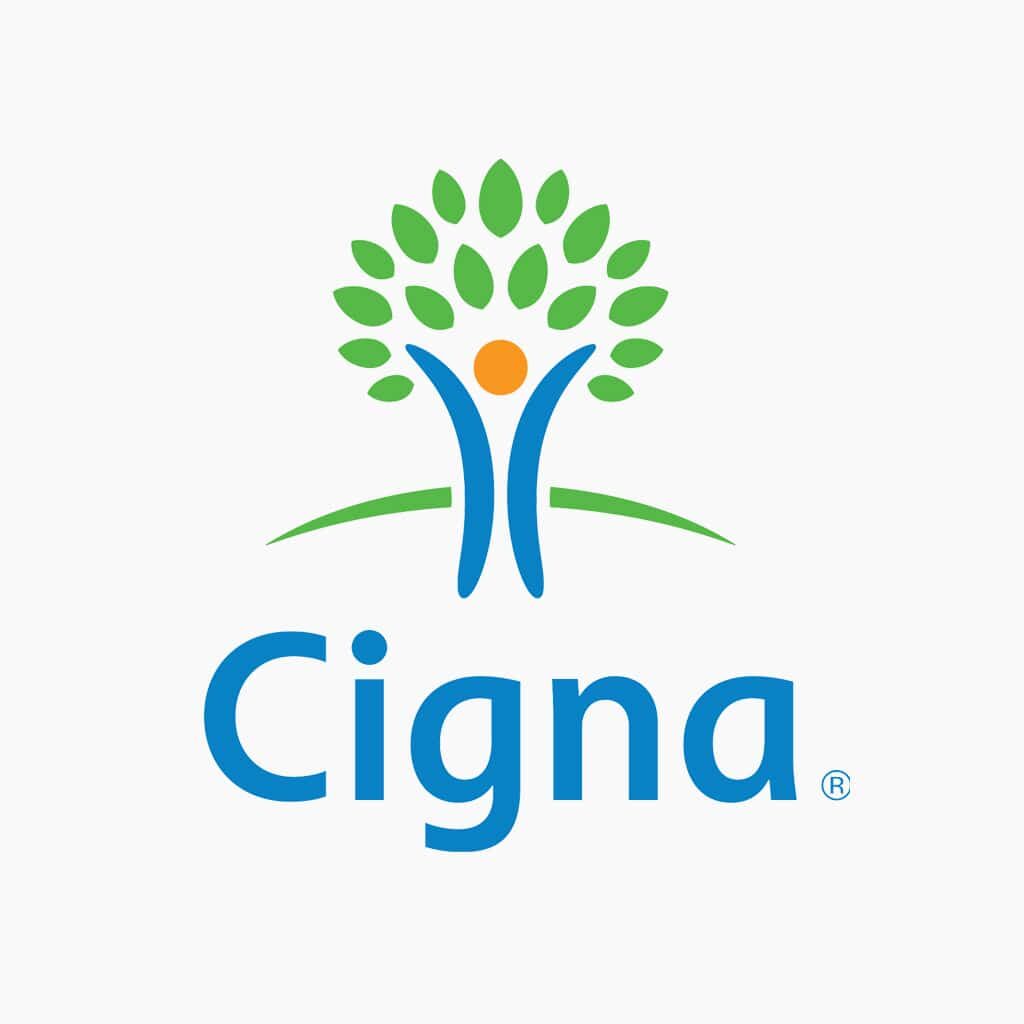Hip Pain
Hip pain can be caused by a number of factors. We’ve listed below a few of the most common causes along with our methods of treatment at Lightwater Health & Chiropractic Clinic`:
Hip Arthritis (OA)
This is probably the main cause for hip pain in the over 50’s. Symptoms can occur in younger people, especially if they have taken part in a lot of sporting activity and are caused by the wearing away of the hip joint and the tightness of the muscles to protect it.
Symptoms:
Pain and stiffness is experienced in the hip or lower back and will vary depending on the stage of the arthritis.
Treatment:
Spinal manipulation and mobilisation, hip manipulation and mobilisation and dry needling can certainly help with relieving symptoms. An exercise programme, including stretches, along with lifestyle advice will also help to avoid recurrence. Severe arthritis may need to be referred for steroid injections or a hip replacement. Strengthening and releasing tight muscles around the hip prior to surgery can help speed up recovery.
Prognosis:
The severity of hip arthritis guides the prognosis. Mild cases can take 6-12 weeks whereas severe cases can be ongoing and in some instances may require surgery.
Greater Trochanteric Bursitis
A fluid filled sac (a bursa) over the outside part of the hip, protects the tendon from rubbing on the bone underneath it. Sometimes this bursa can become inflamed, resulting in pain.
Symptoms:
The most common symptom is difficulty lying on the problematic side in bed. Pain can also be experienced when pressure is applied or from a movement such as walking.
Treatment:
Massage techniques to the surrounding muscles and the mobilisation of the hips and pelvis will help relieve symptoms. Strengthening exercises will also assist to help prevent reoccurrence once the problem has been resolved.
Prognosis:
With treatment, the majority of patients will take between 4-12 weeks to improve.
Piriformis Syndrome
The piriformis muscle is located in the back of the hip that lies over the sciatic nerve that runs down the back and leg. If this becomes tight or weak it can compress the sciatic nerve causing extreme pain.
Symptoms:
Severe leg pain, pins and needless or numbness are experienced.
Treatment:
Massage to the piriformis and exercises to strengthen it will help relieve the symptoms.
Prognosis:
The majority of cases can take 2-6 weeks to resolve, with some taking a little longer.






